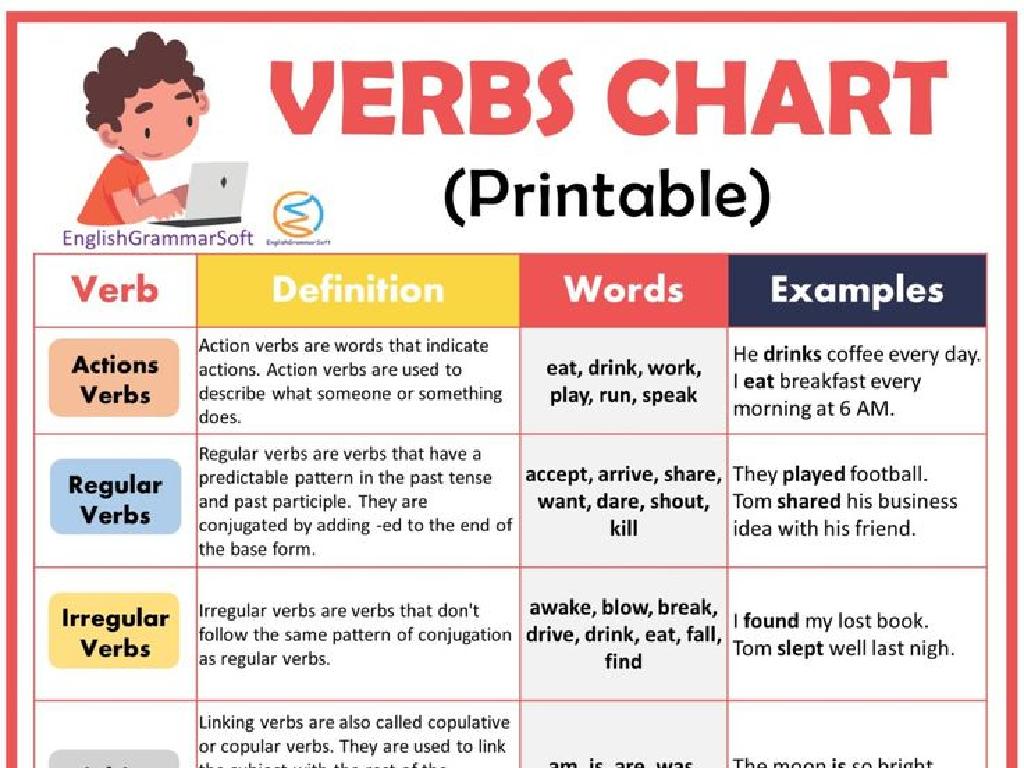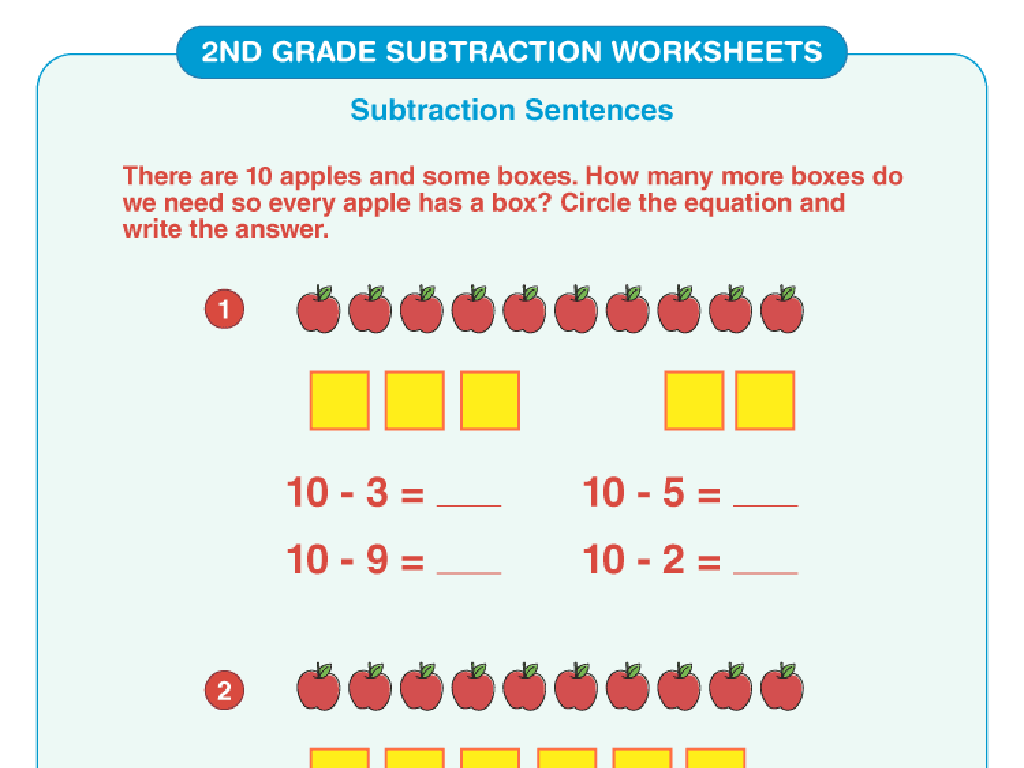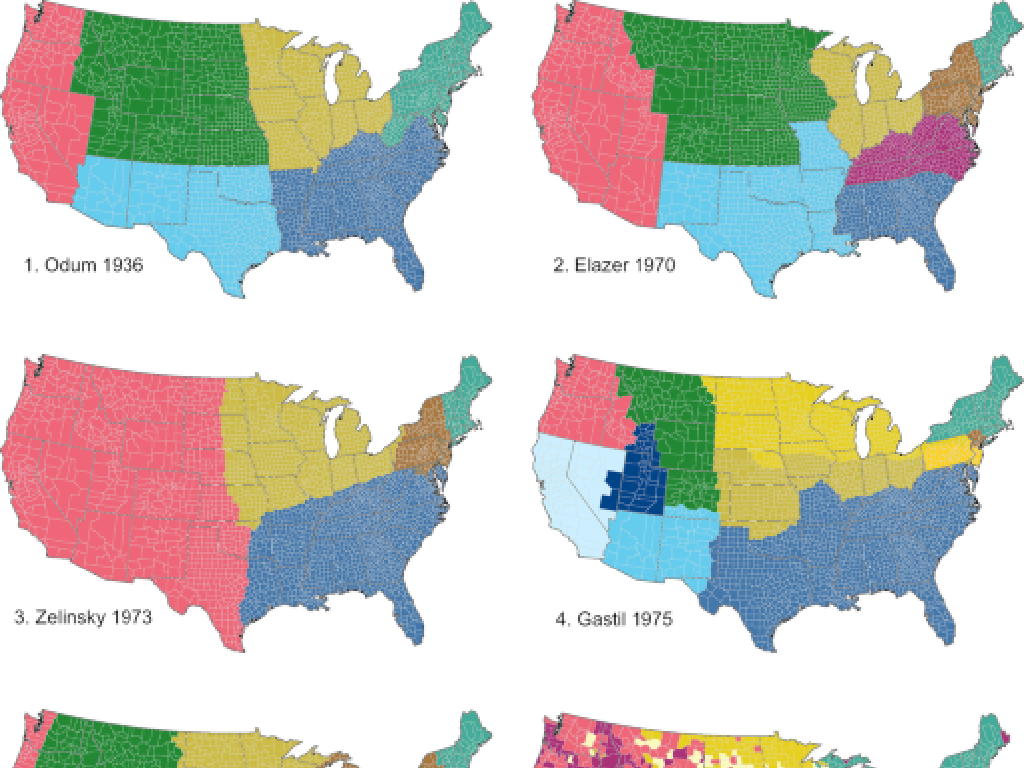World War I: The War Begins
Subject: Social studies
Grade: Fourth grade
Topic: 20Th Century American History
Please LOG IN to download the presentation. Access is available to registered users only.
View More Content
Introduction to World War I: The Great War
– What was World War I?
– A global conflict that happened from 1914 to 1918.
– Major countries involved
– Allies and Central Powers were the two main sides.
– Reasons WWI is important
– Learning about WWI helps us understand how it shaped the modern world.
– How WWI affects us today
– The outcomes of WWI set the stage for future events, including WWII.
|
This slide introduces students to World War I, also known as the Great War. It was a significant global conflict that lasted from 1914 to 1918, involving many countries, including the United States. The main sides were the Allies and the Central Powers. Understanding WWI is crucial as it helps students learn about the history that shaped the 20th century, including the social and political changes that followed. It also provides context for future historical events, such as World War II and the Cold War. Encourage students to think about how history impacts our lives today and the importance of learning from the past.
The World Before World War I
– Snapshot of the early 1900s
– Life and technology were very different before WWI.
– Key countries in WWI
– Major players included the UK, France, Germany, and more.
– Alliances before the war
– Countries formed groups promising to protect each other.
– Impact of alliances on war
– These alliances turned a small conflict into a world war.
|
This slide aims to give students a glimpse into the state of the world just before the outbreak of World War I. It’s important to set the scene by discussing how life was during the early 1900s, including the technology of the time, which was much less advanced than today. Highlight the major countries involved in the war, such as the United Kingdom, France, Germany, Austria-Hungary, and others, and explain the concept of alliances, which were agreements of mutual protection that played a significant role in the escalation of the war. Discuss how these alliances, initially meant for defense, contributed to the widespread nature of the conflict. Encourage students to think about how friendships and disagreements can lead to larger conflicts, drawing parallels to the alliances between countries.
The Spark That Ignited World War I
– Archduke Franz Ferdinand’s assassination
– Heir to Austro-Hungarian throne killed in 1914
– A single event leads to global conflict
– Alliances and treaties turned a tragedy into a larger war
– Understanding the ‘domino effect’
– One event set off a chain reaction among nations
– The start of a world-changing war
|
This slide introduces the pivotal event that led to the outbreak of World War I. Archduke Franz Ferdinand, heir to the Austro-Hungarian Empire, was assassinated in 1914, which directly triggered the war. It’s important to explain to students how interconnected alliances and mutual defense agreements between countries created a ‘domino effect,’ leading to a conflict that would involve many nations around the world. This concept can be likened to a line of dominoes falling one after the other once the first one is tipped over. The slide sets the stage for understanding the complexities of global relationships and the far-reaching consequences of a single event in history.
America’s Role in the Beginning of WWI
– Was America in WWI from the start?
– President Wilson’s stance on war
– Wilson wanted peace, not war
– Understanding neutrality
– Neutrality means not taking sides
– America’s initial position
– America stayed out of the war early on
|
This slide aims to clarify America’s initial involvement in World War I. Students should understand that the United States was not involved in the war from the beginning. President Woodrow Wilson, who was the President at the time, believed in peace and wanted to avoid entering the war. The concept of neutrality, which is when a country does not support either side in a conflict, was the stance of the U.S. at the start of World War I. It’s important for students to recognize that America’s position on the war would later change, but initially, the country remained neutral and did not engage in the conflict. Discussions can include why neutrality might be chosen and how difficult it might be to maintain in times of global conflict.
Life During World War I
– Impact on everyday people
– Food shortages, changed jobs, and new roles for women and children.
– Daily life of a soldier
– Soldiers lived in trenches, faced hardships, and wrote letters home.
– Families’ role in war support
– Families grew victory gardens, rationed goods, and bought war bonds.
– Community changes during war
– Schools and communities held drives to collect supplies for troops.
|
This slide aims to give students a glimpse into the lives of people during World War I. Discuss how the war brought about significant changes in the daily lives of civilians, including food rationing and taking on new jobs to support the war effort. Explain the challenging conditions soldiers faced in the trenches and the importance of letters from home. Highlight how families contributed by growing their own food, conserving resources, and financially supporting the war through bonds. Emphasize the unity and collective effort of communities to support the troops overseas. Encourage students to think about how they would feel and what they could do if they were in a similar situation.
Understanding Trench Warfare
– What is trench warfare?
– Soldiers fought from deep ditches to protect themselves.
– Life in the trenches
– Soldiers faced mud, cold, and diseases while living in the trenches.
– Purpose of trench warfare
– Used to defend territory without much advance.
– Trench warfare impact
– Led to long, difficult battles with many soldiers’ lives lost.
|
Trench warfare was a method of fighting where troops dug trenches to seek protection from enemy fire and to defend their positions. This slide will explain to students the concept of trench warfare, which was commonly used during World War I. Emphasize the difficult living conditions soldiers endured, such as exposure to the elements, limited space, and unsanitary conditions leading to health issues. Discuss why this strategy was employed: it was a way to hold ground with less risk of immediate losses, but it also resulted in a stalemate, where neither side could easily win. Highlight the impact of trench warfare on the war and the soldiers involved, including the psychological toll it took on them. Use this discussion to help students understand the complexities and hardships of war.
Technological Advances in WWI
– Introduction to new weapons
– Tanks, airplanes, and machine guns were new.
– Technology’s role in changing warfare
– Warfare became faster and more destructive.
– Effects of technological advances
– These advances led to more strategic battles.
– Understanding the impact on soldiers
– Soldiers had to adapt to new fighting methods.
|
This slide aims to educate fourth-grade students on the significant technological advancements during World War I and their profound impact on the nature of warfare. Introduce the concept of new weapons such as tanks, airplanes, and machine guns, which were not present in previous conflicts. Explain how these technologies made warfare faster and more destructive, leading to changes in how battles were fought. Discuss the strategic implications of these advances, such as trench warfare and the need for new battle strategies. Highlight the human aspect by discussing how soldiers had to adapt to these new technologies and the challenges they faced. Use simple language and relatable analogies to help students grasp the concepts. Encourage questions to ensure understanding.
The End of World War I
– How the Great War ended
– Fighting stopped with an armistice in 1918, leading to peace talks.
– The Treaty of Versailles
– A peace treaty signed in 1919, which set new country borders and rules.
– Post-war global changes
– Many empires ended, countries changed, and the League of Nations formed.
– Impact on future generations
|
This slide aims to explain the conclusion of World War I to fourth graders. Begin by discussing the armistice, an agreement to stop fighting, which led to peace negotiations. Introduce the Treaty of Versailles as the formal agreement that ended the war, highlighting its significance in redrawing national boundaries and imposing military and financial penalties on Germany. Discuss the broader changes in the world, such as the fall of empires and the creation of new countries. Emphasize the establishment of the League of Nations, an international organization aimed at preventing future conflicts. Conclude by reflecting on how these events shaped the 20th century and continue to influence the world today. Encourage students to think about how the end of a big event can lead to changes in the world.
Reflecting on World War I
– Importance of remembering WWI
– To honor those who served and learn from the past
– WWI’s impact on today’s world
– It led to new countries forming and changes in society
– Discuss war effects
– How wars can change countries, people, and the world
– Share thoughts and feelings
|
This slide aims to foster a reflective discussion among fourth-grade students about the significance of World War I. It’s crucial to guide them to understand that remembering WWI helps us honor the sacrifices made and learn from history to prevent future conflicts. Highlight how the war reshaped the world, leading to new countries being formed and significant social changes. Encourage students to think about the broader effects of war on nations and individuals. Facilitate an open discussion where students can share their thoughts and feelings about war’s impact, fostering empathy and a deeper understanding of history.
Class Activity: Letters from the Front
– Imagine being a WWI soldier
– Write a letter to your family
– Describe your daily life at the front
– Mention the food, friends, and feelings
– Share your letter with the class
|
This activity is designed to help students empathize with soldiers’ experiences during WWI and to engage their creative writing skills. Provide a brief background on WWI, focusing on the life of soldiers in the trenches. Encourage students to think about the emotions, the environment, and daily routines a soldier might have experienced. Offer prompts such as the sounds they might hear, the food they might eat, and the thoughts they might have about home. After writing, create a sharing circle where students can read their letters aloud. This will foster a sense of empathy and a deeper understanding of the human aspect of war. Possible variations of the activity could include drawing a picture to accompany the letter, writing a reply from the perspective of the family at home, or creating a ‘day in the life’ diary entry instead of a letter.





